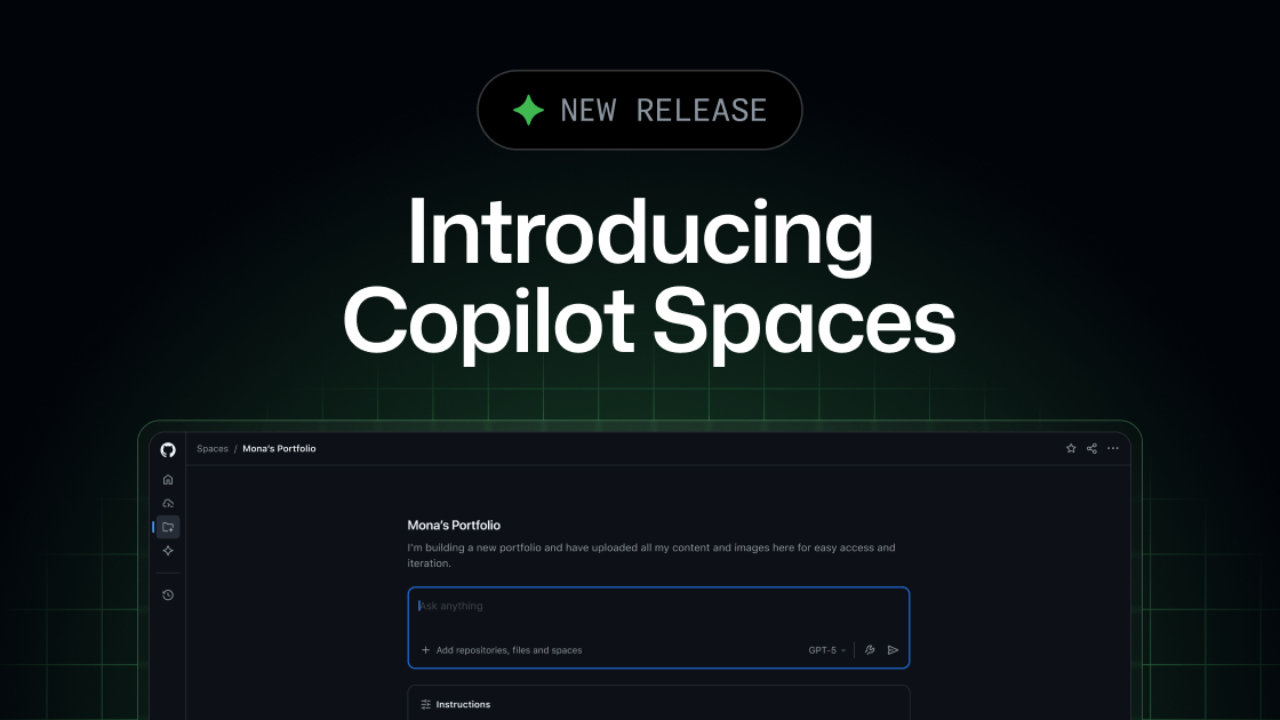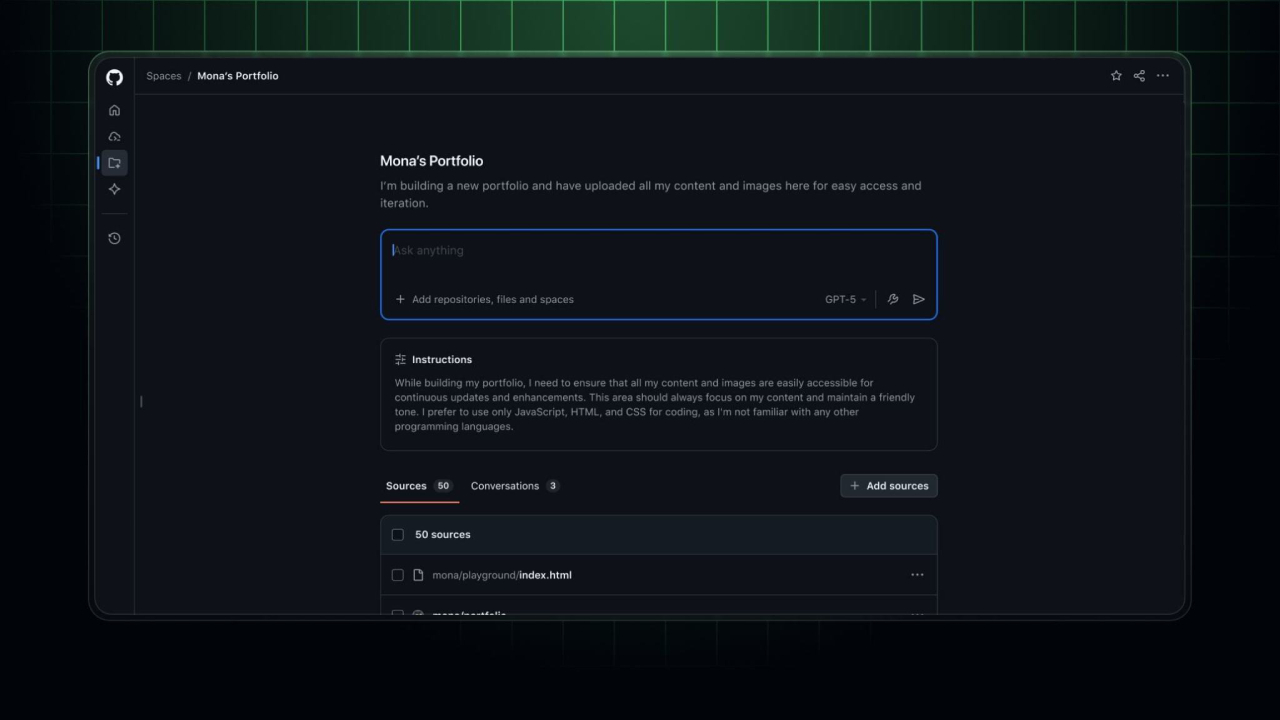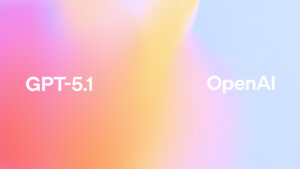GitHub Copilot Spaces: Contextual AI for Projects

What are GitHub Copilot Spaces?
GitHub Copilot Spaces is a new feature that helps Copilot better understand and understand the context of a project by gathering all related files, pull requests, issues, and documentation into a single “Space.” Instead of generating suggestions based solely on the current file or prompt, Copilot can now work based on a project’s codebase, documentation, backlog, and team standards, resulting in more accurate, consistent, and useful suggestions.
Spaces will be available in beta starting in mid-2025, and as of September 24, 2025, GitHub Copilot Spaces will be available to the public, meaning developers and teams can use it in their daily work.
Key features of GitHub Copilot Spaces
Features | Additions | Why is it important? |
Curated Context (Files, PRs, Issues, Docs) | Attach relevant repositories, documents, PRs/Issues to the space. | Copilot's recommendations are consistent with current system design and code. |
Shared Project Knowledge | Share space for teams/organizations to use together | Reduce onboarding time, prevent duplicate explanations or miscommunication. |
Sync with GitHub Repos | Files and repos attached to the space are automatically updated as changes are made. | Make the instructions reflect the latest code, not old snapshots. |
IDE Integration | Access Spaces directly from the IDE via a remote MCP server. | Reduce screen switching, keep code flowing |
Custom Instructions | Add project-specific guidelines, such as coding standards or style guides. | Create alignment between teams and meet workflows |
How to use GitHub Copilot Spaces
- Create or configure a Space
Start from GitHub via the Copilot interface or the documentation. Select a repo and its associated files, including PRs and Issues. - Add Custom Instructions
Standardize code, such as formatting, naming, or security requirements. - Share with the team
Give the team access to the same space so everyone works in the same context, reducing conflict and duplication of explanation. - Use in the IDE
Access Spaces from the IDE via a remote MCP server so Copilot can see code context as you work. - Continuous improvement
Add new files, edit contexts, or adjust instructions as the project grows
Benefits of using GitHub Copilot Spaces
- More relevant advice: Copilot has project context, so its advice is not general, but relevant to the current structure and issues.
- Faster onboarding: New members can understand the project faster through integrated documentation and PRs.
- Reduce screen switchingReduce screen switching: No more searching through multiple tabs. Copilot Spaces keeps important information in one place.
- Establish team standards: Custom instructions and shared spaces help keep everyone's code consistent.
- Increase efficiency and quality: Reduce errors and generate standards-compliant code faster.

Limitations and considerations
- Default setting: It takes time to choose repos, docs, PRs, issues, especially in large codebases
- Maintenance: The space must be updated periodically when the file or document expires.
- Permission Control: Access permissions to important files or documents should be carefully defined.
- Performance: If the context contains a large number of files, recommendations may be slower.
Why is it important now?
The official launch of GitHub Copilot Spaces marks a significant step towards AI truly understanding the “context of a project,” not just responding to a single command, for modern engineering teams:
- Projects consist of multiple files, multiple repos, and complex components.
- Documents and issues are often scattered, leading to misunderstandings.
- Viewing just one file of code isn't enough. GitHub Copilot Spaces fills this gap.
Summary
GitHub Copilot Spaces transforms Copilot from a passive assistant to a “real project collaborator.” Using project-specific PRs, Issues, documentation, and guidance, developers and teams get more personalized guidance that's relevant to their codebase and workflow. If you're working on a large team or a complex project, Spaces is a tool that helps reduce conflict, increase consistency, and accelerate development without sacrificing quality.
Interested in Microsoft products and services? Send us a message here.
Explore our digital tools
If you are interested in implementing a knowledge management system in your organization, contact SeedKM for more information on enterprise knowledge management systems, or explore other products such as Jarviz for online timekeeping, OPTIMISTIC for workforce management. HRM-Payroll, Veracity for digital document signing, and CloudAccount for online accounting.
Read more articles about knowledge management systems and other management tools at Fusionsol Blog, IP Phone Blog, Chat Framework Blog, and OpenAI Blog.
New Gemini Tools For Educators: Empowering Teaching with AI
If you want to keep up with the latest trending technology and AI news every day, check out this website . . There are new updates every day to keep up with!
Fusionsol Blog in Vietnamese
- What is Microsoft 365?
- What is Copilot?What is Copilot?
- Sell Goods AI
- What is Power BI?
- What is Chatbot?
Related Articles
Frequently Asked Questions (FAQ)
What is Microsoft Copilot?
Microsoft Copilot is an AI-powered assistant feature that helps you work within Microsoft 365 apps like Word, Excel, PowerPoint, Outlook, and Teams by summarizing, writing, analyzing, and organizing information.
Which apps does Copilot work with?
Copilot currently supports Microsoft Word, Excel, PowerPoint, Outlook, Teams, OneNote, and others in the Microsoft 365 family.
Do I need an internet connection to use Copilot?
An internet connection is required as Copilot works with cloud-based AI models to provide accurate and up-to-date results.
How can I use Copilot to help me write documents or emails?
Users can type commands like “summarize report in one paragraph” or “write formal email response to client” and Copilot will generate the message accordingly.
Is Copilot safe for personal data?
Yes, Copilot is designed with security and privacy in mind. User data is never used to train AI models, and access rights are strictly controlled.




